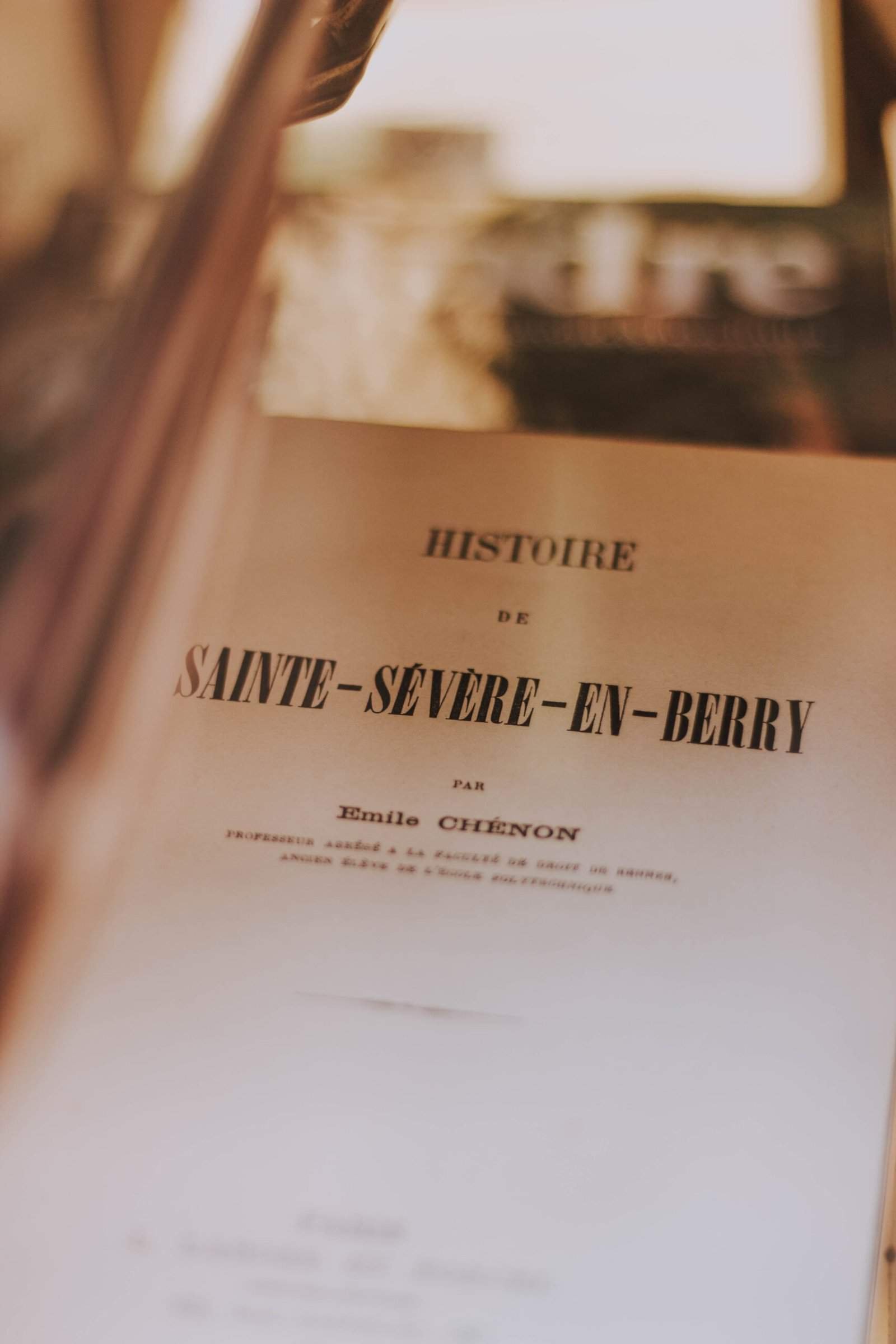In the world of coin collecting, identifying which dimes hold significant value can be an intriguing puzzle. From the gleaming surfaces of the Roosevelt dimes to the classic elegance of the Barber dimes, there are numerous factors that contribute to a dime’s worth. In this article, the reader will gain insight into the various dimes that hold substantial monetary value and discover the key aspects that elevate their worth in the eyes of collectors and numismatists.

Check Other Money Aesthetic Aricles
1. Identifying Valuable Dimes
1.1. Introduction to Valuable Dimes
Valuable dimes are coins that hold a higher worth compared to their face value. These coins can be sought after by collectors and investors due to their rarity, historical significance, or unique characteristics. Identifying valuable dimes requires a keen understanding of key factors that determine their worth.
1.2. Key Factors for Determining Value
Several factors contribute to determining the value of a dime. The most important factors include the coin’s rarity, condition, and historical significance. Rarity is determined by factors such as the coin’s mintage, survival rate, and demand among collectors. Coin condition plays a crucial role, with well-preserved coins often fetching higher prices. Lastly, dimes with historical importance can hold additional value for their connection to significant events or individuals.
1.3. Common Types of Valuable Dimes
There are various types of dimes that are commonly considered valuable among collectors. Some of these include rare dimes, mint condition dimes, error dimes, and dimes with historical significance. Each category has unique characteristics that make them sought after by collectors and can influence their value in the market.
2. Rare Dimes
2.1. Barber Dimes
Barber dimes, minted from 1892 to 1916, are named after their designer, Charles E. Barber. These dimes are renowned for their intricate design and limited mintage. Some key dates and mint marks among Barber dimes can fetch significant prices, especially in higher grades and well-preserved conditions.
2.2. Mercury Dimes
Mercury dimes, minted from 1916 to 1945, feature a depiction of Liberty wearing a winged cap resembling Mercury, the Roman god of speed and commerce. These dimes are highly popular among collectors due to their classic design and historical significance. Certain key dates and overdates, such as the 1942/41 overdate, are particularly valuable.
2.3. Roosevelt Dimes
Introduced in 1946 after the death of President Franklin D. Roosevelt, Roosevelt dimes continue to be minted today. While most Roosevelt dimes are not of significant value, certain rare varieties and error coins are sought after by collectors. For example, the 1964-D silver Roosevelt dime, known for its lower mintage, is highly valued among collectors.
Check Other Money Aesthetic Aricles
3. Mint Condition Dimes
3.1. Understanding Mint Condition
Mint condition refers to coins that are in the same condition as when they were produced at the mint. These dimes are typically free from wear, scratches, and other signs of handling or circulation. Coins in mint condition are highly valued by collectors due to their exceptional preservation.
3.2. Coins with Full Bands
Among mint condition dimes, those with full bands on the reverse are especially prized. Full bands refer to the complete separation of the horizontal bands on the fasces (bundle of rods) on the reverse of dimes. This feature can be an indication of a well-struck coin with strong details and is highly desirable among collectors.
3.3. Deep Cameo Proof Dimes
Deep cameo proof dimes are special coins struck with a high level of detail and contrast between the design elements and the mirrored background. These coins exhibit a frosted appearance on the devices and a mirror-like surface on the fields. Deep cameo proof dimes are produced specifically for collectors and are highly valued for their superb quality.
4. Error Dimes
4.1. Overview of Error Coins
Error coins are coins that have been produced with unintentional deviations from the normal production process. These deviations can occur during striking, planchet preparation, or other stages of production. Error dimes are highly sought after by collectors due to their rarity and the intrigue surrounding their unique characteristics.
4.2. Misaligned Dies
Misaligned dies are a type of error that occurs when the obverse and reverse dies are not properly aligned during the striking process. These errors can result in off-center design elements or incomplete strikes. Misaligned die error dimes are valued for their distinctive appearance and the rarity associated with their production.
4.3. Off-Center Strikes
Off-center strikes are another type of error that can occur during the minting process. These errors cause part of the design to be struck beyond the normal boundaries of the coin, resulting in an off-center appearance. The degree of off-centering can vary, with more significant errors commanding higher values among collectors.
4.4. Double Dies on Dimes
Double die errors are highly sought after by collectors. These errors occur when the coin is struck by a die that has been engraved with the design elements slightly misaligned. This results in doubled images, giving the coin a distinctive and often visually appealing appearance. Double die error dimes can fetch high prices due to their rarity and the fascination surrounding these unique mistakes.

Check Other Money Aesthetic Aricles
5. Historical Significance
5.1. Rare Dimes with Historical Importance
Some dimes hold exceptional value due to their historical significance. For example, the 1796 Draped Bust dime is considered one of the most historically important dimes due to its status as the first dime ever minted by the United States. Dimes associated with influential individuals or significant events in history often carry additional value.
5.2. Commemorative Dimes
Commemorative dimes are special editions struck to honor specific events, individuals, or causes. These dimes often feature unique designs, limited mintages, and are highly collectible. The historical significance of the event or person being commemorated, coupled with the limited availability of these coins, contributes to their increased value among collectors.
6. Valuable Dime Collecting Tips
6.1. Coin Grading Services
When collecting valuable dimes, it is crucial to have them professionally graded by reputable coin grading services. Grading services assess the condition, authenticity, and other factors affecting the value of the coin. Having a graded coin adds credibility and transparency to its value, making it easier for collectors and buyers to assess its worth.
6.2. Storage and Preservation
Proper storage and preservation are essential for maintaining the value of valuable dimes. It is recommended to store dimes in airtight coin holders or capsules to protect them from handling damage, environmental elements, and oxidation. Keeping dimes in a cool, dry place away from direct sunlight is also crucial in preventing deterioration.
6.3. Market Trends and Rarity
Staying informed about current market trends and understanding the rarity of specific dimes is vital for successful collecting. Monitoring auction results, consulting reputable numismatic publications, and engaging with collector communities can provide insights into the value and demand for different dimes. Rarity plays a significant role in determining a dime’s value, and being knowledgeable about mintage figures and survival rates can aid in identifying valuable pieces.

7. Popular Valuable Dimes
7.1. 1916-D Mercury Dime
The 1916-D Mercury dime is one of the most sought-after coins among collectors. Its value is attributed to its low mintage of only 264,000 coins and its status as the first year of issue for the Mercury dime series. Finding a 1916-D Mercury dime in well-preserved condition can be quite challenging, making it particularly valuable.
7.2. 1942/41 Mercury Dime
The 1942/41 overdate Mercury dime is a notable variety that occurred when a 1941-dated die was mistakenly overused in 1942. This error resulted in a distinctive doubling of the date on the coin. These coins are highly desirable due to their rarity and the unique feature caused by the production error.
7.3. 1874-CC Seated Liberty Dime
The 1874-CC Seated Liberty dime holds a special place in numismatic history as one of the rarest coins in the series. Minted in Carson City, Nevada, this dime is highly sought after by collectors. With low mintage figures and the historical significance of the Carson City Mint, the 1874-CC Seated Liberty dime commands significant value in the market.
8. Factors Affecting Dime Value
8.1. Coin Condition
The condition of a dime significantly affects its value. Coins in excellent or uncirculated condition with minimal signs of wear or damage tend to command higher prices. Coin grading standards and the preservation of the coin’s surface and details play a crucial role in determining its overall condition.
8.2. Rarity and Mintage
The rarity and mintage of a dime are fundamental factors in its value. Coins with low mintage figures or those in limited circulation are generally of higher value due to their rarity. Additionally, dimes that have survived in larger quantities become scarcer over time, adding to their desirability and value among collectors.
8.3. Historical Significance
Dimes associated with significant historical events, famous individuals, or important milestones in the history of coinage can hold substantial value. The historical context and the story behind a particular dime can captivate collectors and investors, leading to higher demand and increased value.
9. Other Valuable Dime Varieties
9.1. Key Date Dimes
Key date dimes refer to coins that are rare and in high demand among collectors due to their low mintage figures or other unique characteristics. These dimes can include specific dates and mint marks that are considered crucial in completing a comprehensive collection. Key date dimes often carry a premium price due to their scarcity and popularity among numismatists.
9.2. Proof Dimes
Proof dimes are specially minted coins primarily produced for collectors. These coins undergo a unique minting process that involves multiple strikes with high-quality dies, resulting in a sharp and highly detailed appearance. Proof dimes are sold in sets or individually and are highly valued for their exceptional quality and limited availability.
9.3. Specimen Strike Dimes
Specimen strike dimes are produced for numismatic purposes and have distinct characteristics that set them apart from regular circulation coins. These coins are struck with specially prepared dies and undergo meticulous handling during production to create a unique appearance. Specimen strike dimes are often sought after by collectors due to their rarity and the meticulous craftsmanship involved in their creation.
10. Selling Valuable Dimes
10.1. Essential Steps before Selling
Before selling valuable dimes, it is essential to conduct thorough research on current market trends, recent auction results, and the demand for specific coins. This research allows sellers to set appropriate pricing and ensure they are knowledgeable about the potential value of their dimes. Additionally, having the coins professionally authenticated and graded can add credibility and transparency to the sale.
10.2. Selling Options and Best Practices
When selling valuable dimes, there are various options available. Auction houses, coin dealers, online marketplaces, and collector communities can all serve as potential avenues for selling. It is important to research the reputation and expertise of potential buyers, ensuring they offer fair prices and follow ethical practices. Sellers should also take into account any applicable fees or commissions, as well as the desired speed of the sale, when selecting a selling method.
In conclusion, valuable dimes hold a significant place in the world of numismatics. Whether it be rare dimes, mint condition dimes, error dimes, or those with historical significance, these coins captivate collectors and investors alike. By understanding the key factors that determine value, staying informed about market trends, and following best practices in collecting and selling, individuals can navigate the realm of valuable dimes with confidence and potentially unlock treasures within their collections.











